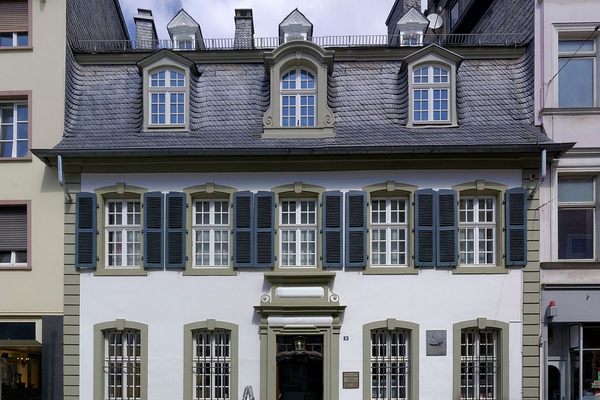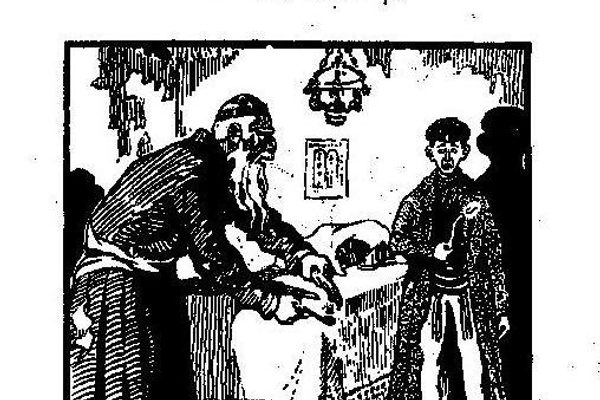Karl Marx Is the Latest Historical Figure Helping People Cross the Road
Green means go, revolutionary red means stop.

When Karl Marx was born in the university town of Trier, Germany, in 1818, pedestrian lights and their various components—electricity, LED bulbs, cars—were all utterly unimaginable. But, in celebration of the revolutionary thinker’s 200th birthday, these elements are coming together, with red and green Marxes making appearances on the city’s pedestrian lights. The first set was unveiled on Monday, The Local reported, around six weeks before the the anniversary proper, on May 5. A second set is to follow just before Easter weekend at the Karl Marx House, where the philosopher was born.
Each light shows a slightly cuddly cartoon of Marx, featuring a brush-like beard and arms outstretched as though he’s going in for a hug. It’s an affectionate portrait—indeed, Wolfram Liebe, the mayor of Trier, said, “Trier is showing its colors for Marx.” (A forthcoming bronze statue of Marx from the Chinese government has attracted controversy, the BBC reported, with some critics citing concerns that honoring Marx ignores the suffering that took place under communist ideology in the last century.)
Marx’s likeness on the traffic lights is the latest in a merry brigade of electronic crossing guards. In 2016, the city of Bonn in Western Germany installed lights featuring Beethoven, as a way to advertise celebrations for the composer’s 250th birthday in 2020. In New Zealand, the first country to give women the vote, the suffragette Kate Sheppard appears on traffic lights at eight intersections near the country’s Parliament. Fictional figures have also made an appearance on traffic lights, including the puppet Kasper, in the Bavarian city of Augsburg, and, in Japan, the famous manga character Astro Boy.
The lights have mostly been met with approval online, though you might find yourself asking: Why aren’t both of them red?










Follow us on Twitter to get the latest on the world's hidden wonders.
Like us on Facebook to get the latest on the world's hidden wonders.
Follow us on Twitter Like us on Facebook